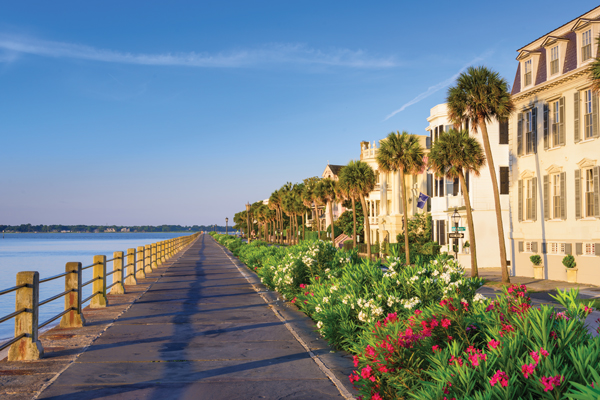Real estate investors learned a lot during Superstorm Sandy, which hit the East Coast in October 2012 and caused nearly $70 billion of damage—much of it in real estate.
A lot of real estate investment got smashed as well, and the thought process behind such investing is changing as storms get worse and investors start to adapt to the intensifying weather patterns.
That’s an important consideration for financial advisors who work with clients on real estate investments, which range from residential homes along the coast to private real estate deals incorporated into a portfolio’s alternative investments sleeve.
“So much research has been done since [Hurricanes] Sandy and Katrina” building on decades of previous research, says Tony Charles, global head of research and strategy at Morgan Stanley Real Estate Investing. “The sustainability and resiliency of a building is now incorporated into our due diligence. We look at that before we take on any asset.”
“Climate change is a tough topic for real estate because people like living near the coast, but that makes you climate challenged,” adds Josh Myerberg, managing director and deputy portfolio manager at Morgan Stanley Real Estate Investing.
“You can divest yourself of Miami, but that is a losing strategy,” Myerberg says. “Insurance is of limited help because insurance is short term and investing in these properties is long term.”
Myerberg says people who invest in real estate should look at a number of items: Is the property they are looking at in a flood plain? Is it designed to tolerate floods? Is there a disruption management plan in place if it does flood?
Jessica Elengical, head of ESG strategy for alternatives at DWS Group, an asset manager based in Germany with operations in the U.S., says people are now paying more attention to the risks of climate change. DWS works with individual and institutional investors and their advisors.
“It’s not as simple as investing or not investing in a particular building,” she says. “It is looking at the city to see if it is building flood walls and adapting in other ways to these long-term challenges.”
Incorporating Climate Change Into Real Estate Investing
January 2, 2019
« Previous Article
| Next Article »
Login in order to post a comment








